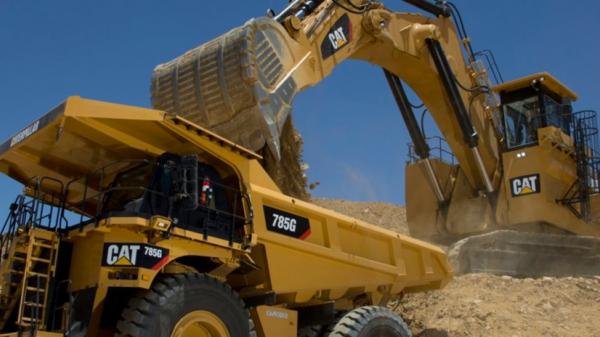Artificial Intelligence: The future of heavy equipment
- maquinaria

29 September, 2021
Do you remember autonomous cars? Except for a few occasional accidents, you haven't heard much about them lately. But there has actually been great progress in developing the underlying artificial intelligence (AI) technology for them.
One person who has been involved in AI research and development from almost the beginning is Bibhrajit Halder. In the early 2000s, Halder worked with the Defense Advanced Research Projects Agency (DARPA), then Caterpillar on its first autonomous mining trucks, and eventually moved to Silicon Valley to work with Apple and others on vehicle projects. autonomous.
Halder is the founder and CEO of SafeAI, a company that modernizes heavy equipment such as dumpers, trucks and skid steers with autonomous technology. Additionally, the company has partnered with Obayashi (one of Japan's top five construction companies) on an autonomous construction site and is working with Goodyear to integrate tire intelligence into autonomous vehicles.
We recently had the opportunity to speak with Halder and ask him what happened to autonomous vehicles and what that could mean for the mining and construction industries. As for autonomous cars, "That's tough," says Halder. “The problem is enormously challenging. The work is ongoing and there has been great progress in the last 10 years. But much remains to be done. Companies like Waymo are getting closer. And when they do, the floodgates will open. We just don't know when that will be."
On the other hand, heavy equipment, particularly mining, is way ahead in terms of adoption. "The mining industry has already moved more than 5 billion tons of material with autonomous trucks," says Halder. Even more significant, he says, is the fact that most of those mining trucks are powered by technology that is already out of date. And new technology, developed to solve problems in automotive applications, is now starting to make a difference in the autonomy of mining and heavy equipment.
For the sake of simplicity, Halder refers to both old and new technology as AI 1.0 and AI 2.0. The new AI The AI 1.0 that entered the mining truck market in the early last decade was based on GPS, LiDAR, and CPUs in the machines. They did the job very well, but they were limited in what they could do and how much information they could capture and process. The big difference now with AI 2.0 is that engineers have graphics processing units (GPUs) in addition to CPUs, says Halder. “GPUs offer a hundred times more computing power than before. That means we can do a lot more with our algorithms. GPU technology is more mature and can handle many more use cases. "GPUs were originally developed for the video game industry because in video games many of the pixels change very quickly and CPUs are not adept at this type of processing. "GPUs are better at parallel processing and can scale significantly better, and that helps AI, because AI requires parallel processing," says Halder.
